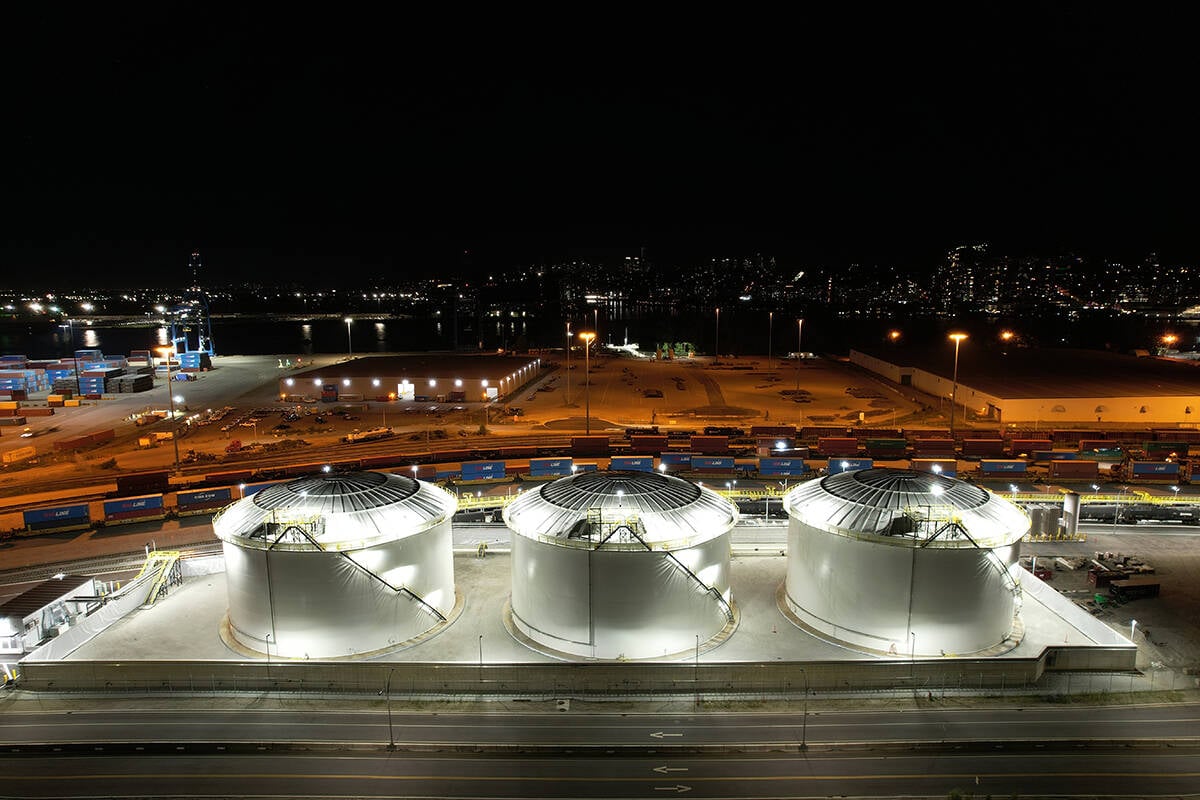CANCUN, Mexico – The east-to-west shift in North American bean production is being accompanied by a new trend.
“The acres are leaving the U.S.,” said Sean Mackenzie, a trader with Hensall District Co-operatives Inc., an Ontario bean company.
Speaking to delegates gathered in Mexico for the Canadian Special Crops Association’s 17th annual meeting, Mackenzie said those acres are moving north.
Five years ago, Canada’s crop was only 10 percent as big as that of the United States. In the past two years, that number has risen to 28 percent.
Read Also

Canola oil transloading facility opens
DP World just opened its new canola oil transload facility at the Port of Vancouver. It can ship one million tonnes of the commodity per year.
American growers seeded 2.3 million acres in 1998. That same year Canadians planted 250,000 acres. Mackenzie forecasts that in 2003 there will be 1.5 million acres of beans grown in the U.S. compared to 425,000 in Canada.
The shift is happening for the same reason that Western Canada experienced phenomenal growth in other pulse crops.
Lower land prices in Manitoba and Saskatchewan have driven down the cost of production and that means a lower price for the end users. U.S. elevators back off their bean prices, forcing farmers there to consider growing other competitive crops.
“Pulses pencil in better here,” said Mackenzie.
That’s also apparent in the east-west shift in the bean industry. In 1996, Ontario grew 59 percent of Canada’s bean crop and Manitoba accounted for 22 percent.
That situation has flip-flopped. Manitoba now grows 53 percent compared to the 26 percent harvested in Ontario.
If Saskatchewan develops good drought resistant, early maturing pintos and small whites, there could be a bean explosion in that province as well.
“The impact could be substantial, but I’m not convinced of that yet because beans are still experimental for Saskatchewan.”
When Foster looks in his crystal ball he sees the continued northern migration of beans.
“I see a marginal decrease in U.S. acres and I see the Canadian acres increasing. Not so much for Ontario but certainly for Manitoba.”
But he doesn’t expect Canadian production to ever surpass what is grown south of the border.

















